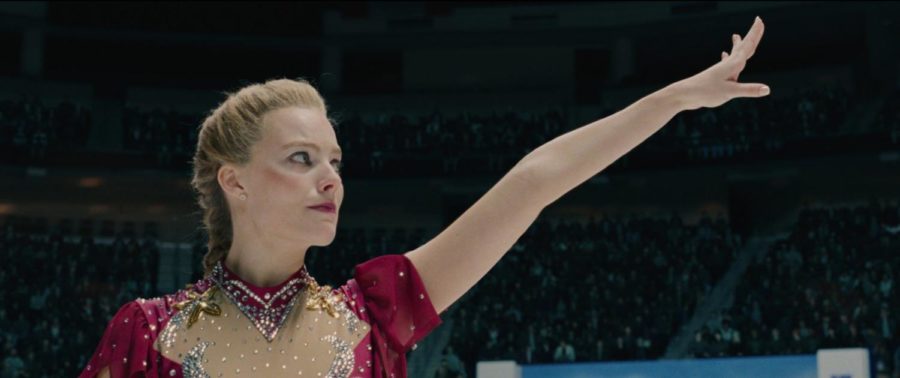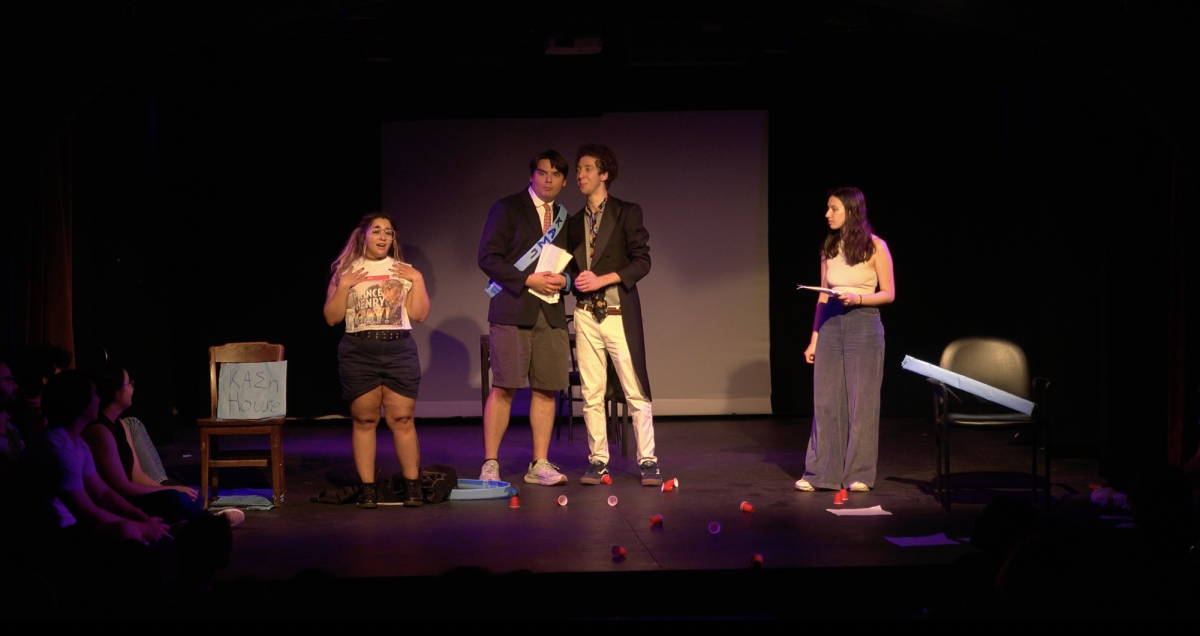I, Tonya is set against the background of competitive figure skating, but it is a story about abuse, a hard topic to narrate gracefully; yet the film manages to do so, despite criticism from The New York Times. The film tells the once-highly-publicized story of Tonya Harding, a nationally ranked competitive figure skater from a “white trash” background, who went from famous to infamous after being implicated in an attack on her competitor, Nancy Kerrigan, carried out by an associate of her ex-husband shortly before the 1994 Winter Olympics.
The film did both its subject and its background justice by exploring fully the politics and mood of competitive sports, of class, and, although it caused many reviewers to recoil, of abuse (both domestic, such as what Harding received, and public, such as what Kerrigan suffered from the media after being caught on camera voicing frustration about the gold medalist Oksana Baiul). Manohla Dargis of The New York Times, however, did not feel as I did, that I, Tonya did its difficult moments justice. In her review of the film, Dargis criticized its flat-footed attempts at levity: “No matter how hard the movie tries to coax out laughs, there’s little about Ms. Harding, her circumstances or her choices that skews as funny.” She laments that the “comic spin on this pathetic, dispiriting story” is a “baffling” misrepresentation of abuse. Where Dargis got the idea that the film was a comedy, I’m not sure, but her argument misses the point.
Rather than turning Harding’s abuse at the hands of her mother, and then later her husband, into disrespectful slapstick, I, Tonya carefully portrays the casual attitude towards domestic violence that is stereotypical of Harding’s “white trash” background. The moments that might be construed as comedic reflect only the absurd and ambiguous characteristics of abuse, both physical and mental, as they take place in the film between Harding and her mother, her husband, and in her eyes, the media.
The occasional lack of seriousness in the on-screen abuse, rather than being funny, reflects a deeper truth: that abuse is sometimes not one-sided, and as Tonya herself makes clear onscreen, it becomes even foggier as an object of memory. As Harding says in the film, “Everyone has their own truth.”
Told from the perspectives of both Harding and her abusers, the story does not make light of Harding’s lifetime of abuse. As in real life, lighthearted moments occur before, after, and during abuse. These are not moments of slapstick, but rather, of reality and I, Tonya maintains that reality impressively well. Harding’s life as a figure skater, daughter, wife, and eventually boxer, all constitute her existence as someone abused; in all of these can be found light moments without disrespecting the fact that the weight of the total abuse she endured is not itself light at all.
As the film comes to an end, Harding breaks the fourth wall and criticizes her audience, accusing them of being her abusers, too. While Dargis took this to be “an impressively disingenuous wag of the finger from a film that has encouraged our laughter right from the start,” it is a well-executed tsk-tsk at exactly what Dargis, the media, and its consumers have done to Tonya’s story: not giving it credit for its complexities.







